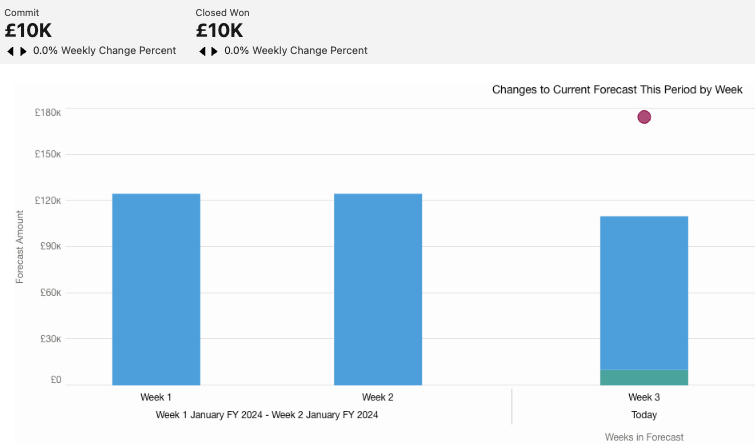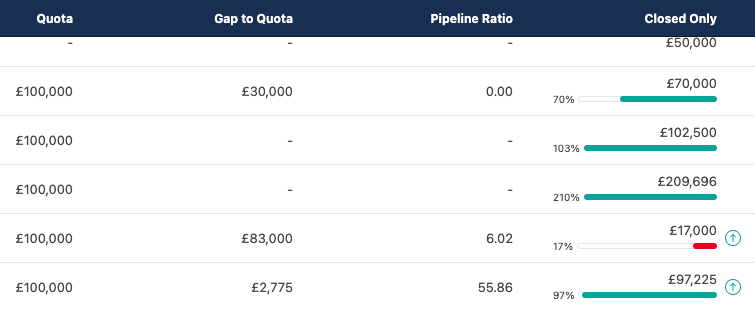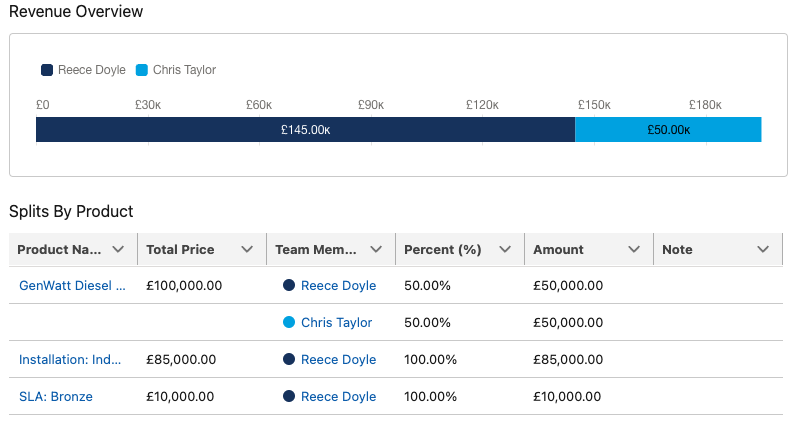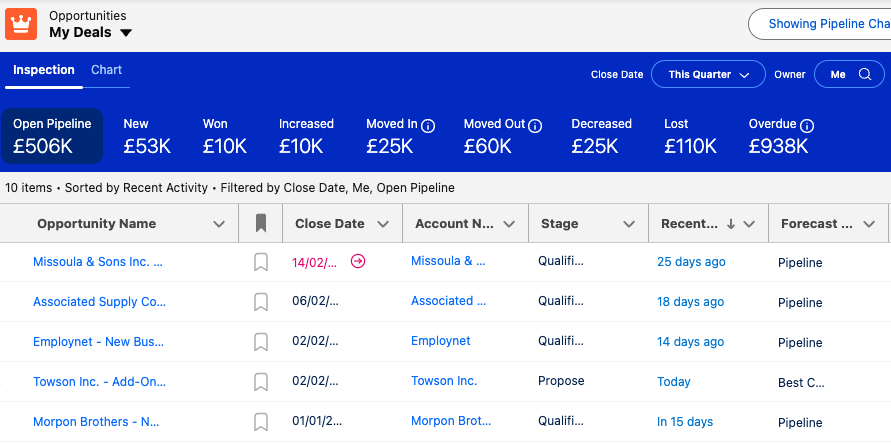Sales teams require a robust mechanism for forecasting to ensure they can focus their time on selling instead of keeping things up to date in a spreadsheet. Salesforce collaborative forecasting has been around for some time.
However, in the past, many have rejected the tool as it had limitations that were deal breakers for their business. If you have not reviewed collaborative forecasting for a while, now is a great time to start.
In the last few releases alone, Salesforce has been putting a lot of work into its forecasting tool and in this post, we will look at five things you may not be aware of.
1) Manager Judgments

It’s important to know that just because you’ve gone through the different sales cycle stages, it doesn’t mean you will definitely win the deal. Sales leaders can now use their judgment to decide if an opportunity should be included or excluded from the forecast without changing the details of the opportunity record. By evaluating opportunities at a more detailed level, leaders can make better-informed decisions and gain a clearer picture of their forecast. Before, managers could only adjust the committed forecast number, but with this new feature, they can get more insight into their sales pipeline.
2) Forecast History Charts

Knowing the current sales forecast numbers is great, but it’s only part of the picture. You need to know how things have changed to understand your sales forecasting accuracy better. In the past, figuring out where changes had occurred was a real pain. It was all manual and time-consuming. But now, sales leaders have access to pre-built charts that make it easy to see how their forecasts have changed over time. These charts help leaders visualise current forecast changes across different types and compare them to previous periods without all the hassle of manual calculations. This means sales leaders can better support their sales teams in achieving their goals.
3) Custom Columns & Groupings

Every business is different; sometimes, the information in your opportunity forecast is only part of the picture. This ultimately leads to salespeople heading to their good old friend Excel to help them understand what they need to run their business. Salesforce now allows you to add custom columns to the forecasting screen. These come in two flavours. First, you have calculated columns that will enable you to create formulas to provide additional context, such as the quota gap. Secondly, you can now load custom forecasting data into Salesforce and display this in a read-only format on the forecast. This could be helpful for things such as ‘Actual’ data from your other systems or stretch targets.
Once you have the data you require, you may need it to be grouped in the way your business operates, for example, business units. Previously, you could only use hierarchy or product groups. However, these days are behind us, and you can group your forecasts in a way that makes sense for your business.
These features give sales teams everything they need on a single screen, simplifying how they work and eliminating those pesky spreadsheets.
4) Opportunity Product Splits

Opportunity Splits have undergone a makeover recently. Now, you can see and edit your opportunity splits in a new way. Additionally, you can create your splits based on the products. This feature can be particularly useful for deals that involve multiple products sold by different teams. You can forecast each team’s portion of the deal separately.
5) More forecasting tools
Not only has the forecast screen been updated to allow you to customise it and view your forecast data in new ways, but more tools in Sales Cloud can help you. These tools work hand in hand with each other, using the same data but allowing you to digest it differently.
Pipeline inspection, which is available for all Sales Cloud users on Enterprise edition and up, can be opened from a button on the forecast screen or the opportunity tab. It is designed for salespeople and their managers to better understand their pipeline with additional metrics being called out, including when the next steps were updated or the last activity was logged against the opportunity. Not only can you see this data, but you can also make updates, including logging activities, without having to go into each opportunity record.

If you are looking for an in-depth way of looking at your forecast, then you should take a look at Revenue Intelligence. Powered by CRM Analytics, Revenue Intelligence allows you to look into the details of your forecast and test it to see how accurate it is with interactive dashboards aimed at various audiences, including salespeople, sales leadership, and business leadership teams. It is available with Einstein 1 Sales or as an add-on for other editions.
Are you ready to improve your sales forecasting?
Are you looking to banish your spreadsheets and move to an accurate forecasting model based on up-to-date Salesforce data? Why not speak with one of our Sales Cloud experts today?

